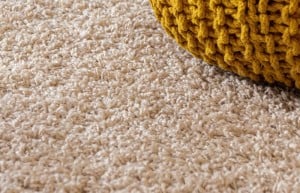Flooring materials can be a critical decision in the design and construction of your home. The right flooring can add comfort, style, and functionality to your space. There are a variety of flooring materials to choose from when it comes to your home. From vinyl to wood, each has its own set of benefits and drawbacks.
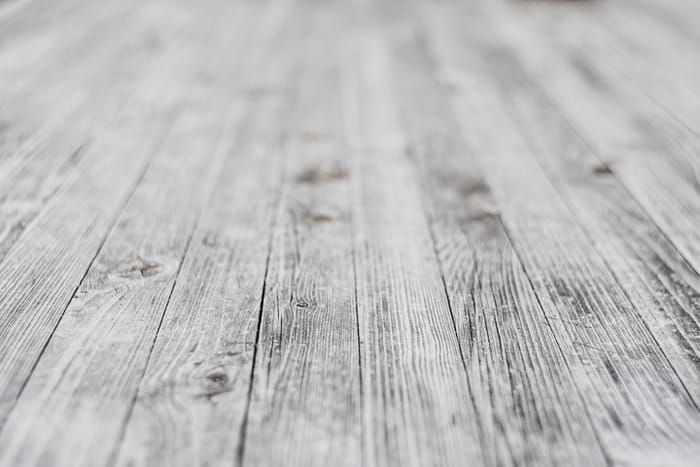
Choosing the right flooring material for your needs can be a daunting task, but with the help of this article, it’s easy to find the perfect option for your home.
Hardwood Flooring
Hardwood Flooring is a type of flooring that is made from natural wood. It is usually made from oak, maple, or cherry, and it is a popular choice for homes and businesses. Hardwood Flooring is strong and durable, and it can last for many years if it is properly maintained.
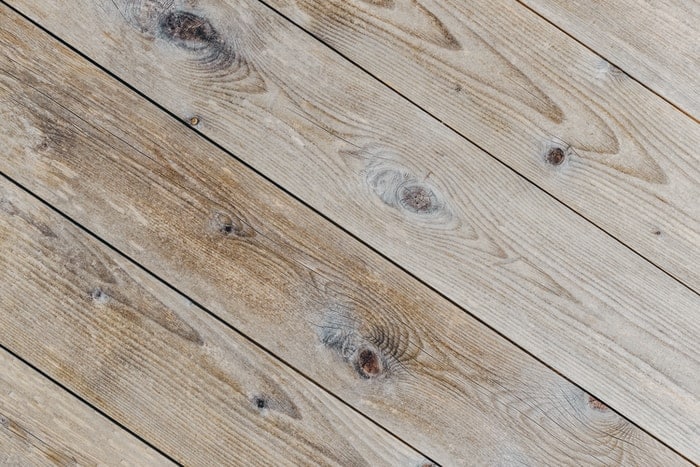
Advantages of Hardwood Flooring
There are many advantages to using hardwood flooring in a home. Hardwood is a beautiful and durable flooring choice that can last for decades with proper care. It is also a natural product that adds warmth and character to a room. Additionally, hardwood flooring is easy to clean and maintain, and it is a renewable resource.
Disadvantages of Hardwood Flooring
Hardwood Flooring is often more expensive than other flooring types. It also requires more maintenance, as it must be regularly swept and mopped to prevent dirt and dust from building up. Hardwood Flooring can also be damaged by water or other liquids, so it’s important to use a protective sealant if there is any risk of spills.
Laminate Flooring
Laminate flooring is a type of flooring that is made up of several layers. The top layer is usually a wood veneer, and the other layers are made of different materials, such as plastic or fiberboard. Laminate flooring is very durable, and it can be installed over most existing flooring types.
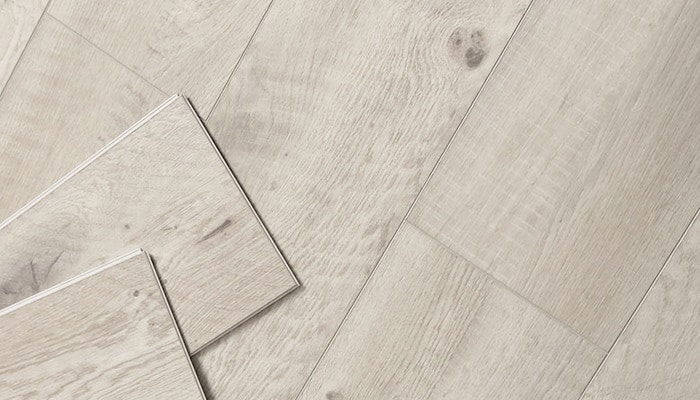
Advantages of Laminate Flooring
Laminate flooring is made of multiple layers of synthetic materials, including a top layer of hardwood or stone. This top layer is what you see and walk on; it is tough, scratch-resistant, and easy to clean. The middle layer is a waterproof membrane that prevents moisture from seeping through the flooring and damaging the subfloor.
Disadvantages of Laminate Flooring
Laminate flooring is made of synthetic materials and it is not a natural product. It is also not biodegradable so it will not break down over time. It also does not absorb noise like other flooring materials so it can be quite loud. Laminate flooring is also not as heat resistant as some other materials so it can be damaged by heat.
Vinyl Flooring
Vinyl flooring is a type of flooring that is made from PVC or polyvinyl chloride. It is a synthetic material that is made to look like wood, but it is more durable and easier to clean. Vinyl flooring can be installed in kitchens, bathrooms, and other areas of the home where there is high traffic. It is available in a variety of colors and styles, and it is relatively affordable compared to other types of flooring.
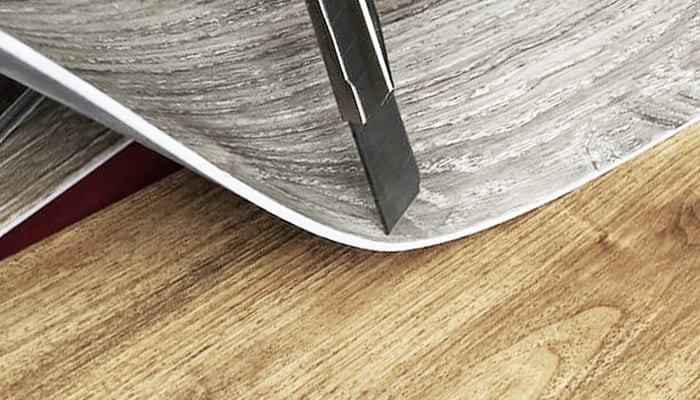
Advantages of Vinyl Flooring
There are a few advantages to vinyl flooring over other materials. It is a relatively affordable option, and it is also very durable. Vinyl is also easy to clean and maintain, which makes it a popular choice for busy households. Additionally, vinyl flooring can be installed in a variety of different styles, so it can easily be customized to match your existing decor.
Disadvantages of Vinyl Flooring
The disadvantages of vinyl flooring are that it can be easily scratched and stained, making it difficult to clean. It can also be quite slippery when wet. Additionally, vinyl flooring is not very durable and can often become brittle and crack after a few years of use.
Engineered Wood Flooring
Engineered wood flooring is a type of flooring that is made from multiple pieces of wood that are glued together. The wood is then cut into planks and sanded down. The planks are then stained and finished with a sealant.
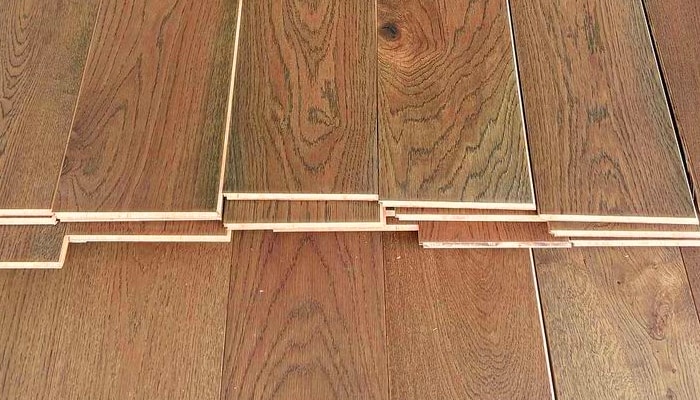
Advantages of Engineered Wood Flooring
Engineered wood flooring is made from multiple layers of wood, which are glued and pressed together. This creates a floor that is more stable than solid wood flooring, and it can be installed over a wider variety of surfaces, including concrete. Engineered wood flooring also resists moisture better than solid wood flooring, which makes it a good choice for bathrooms and kitchens.
Disadvantages of Engineered Wood Flooring
Engineered wood flooring is made up of multiple layers of wood that are glued together. The top layer is usually a hardwood, such as oak or maple. The other layers are usually made from softer woods, such as pine or cedar. Engineered wood flooring is more expensive than traditional wood flooring, and it is not as durable. The top layer can be scratched and dented, and the flooring can warp and buckle over time.
Bamboo Flooring
Bamboo flooring is a type of flooring that is made from bamboo. Bamboo is a type of grass that is found in Asia. The bamboo is cut into strips, and then it is glued and pressed together to form a plank. The planks are then sanded and finished with a coat of sealant or lacquer.
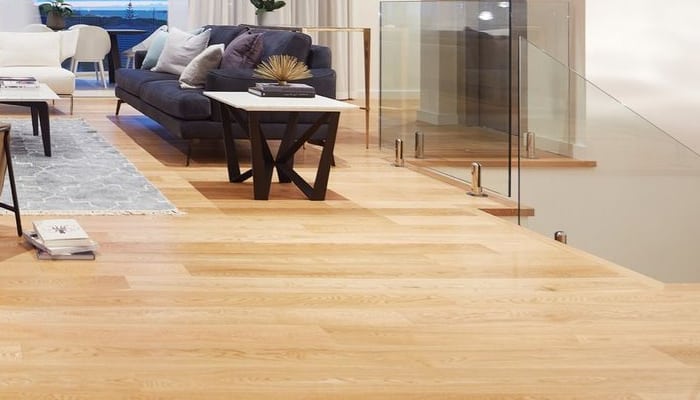
Advantages of Bamboo Flooring
Bamboo flooring offers a variety of environmental and economic benefits when compared to traditional flooring materials. Bamboo is a sustainable resource that grows quickly and can be harvested with minimal impact on the environment. It also produces less waste during manufacturing than other flooring materials. Bamboo flooring is also more affordable than many other options, and it holds up well over time.
Disadvantages of Bamboo Flooring
Bamboo flooring has a few disadvantages when compared to other flooring types. First, bamboo can be more prone to water damage than hardwood floors. Second, bamboo is not as durable as hardwood floors and may scratch or dent more easily. Finally, the installation of bamboo flooring is typically more expensive than other flooring types.
Carpets
Carpet is a type of flooring that is made of a material that can be easily cleaned and typically has a soft surface. This type of flooring is often used in residential settings because it is comfortable to walk on and can help to insulate a home. Carpet can also be used in commercial settings, but it is not as common because it can be difficult to clean and maintain.
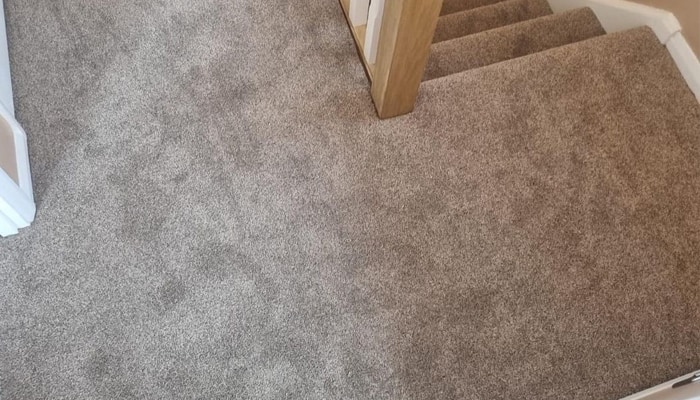
Advantages of Carpets
There are a number of advantages to carpets as flooring. First, they are soft and comfortable to walk on, which is especially beneficial for people who spend a lot of time on their feet. Carpets also help to insulate against noise and can improve the air quality in a room by trapping dust and other particles. Additionally, carpets can add warmth and color to a space, making them a popular choice for homes and businesses alike.
Disadvantages of Carpets
Carpets can easily become ignited if a spark from a fireplace or a candle falls on them, and the flame can spread quickly. Carpets can also trap allergens like dust mites, pet dander, and pollen, which can cause asthma attacks and other respiratory problems.
Tile
Tile is a type of flooring that is made up of small, square pieces of material that are fixed to a subfloor. Tile is often made from ceramic, porcelain, or stone, and it can be very durable and long-lasting. It is also resistant to moisture and staining, making it a popular choice for kitchens, bathrooms, and other high-traffic areas.
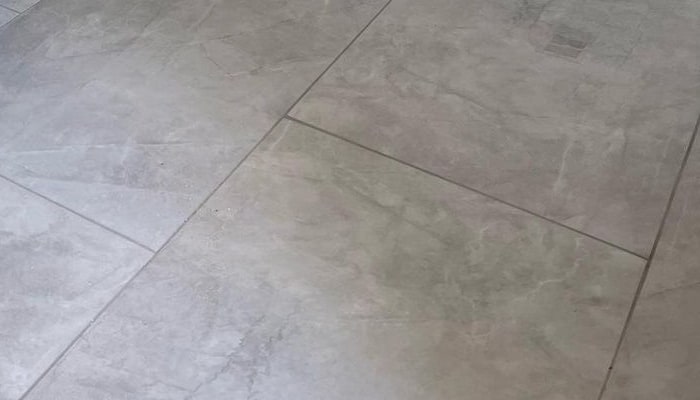
Advantages of Tile Flooring
Tile flooring offers a number of advantages over other types of flooring. First, it is extremely durable and can last for many years with minimal maintenance. Second, it is easy to clean and resistant to spills and stains. Third, it is affordable and can be installed in a variety of colors and styles to match any decor. Fourth, it is relatively lightweight and can be installed over most existing flooring surfaces.
Disadvantages of Tile Flooring
There are some disadvantages of tile flooring. First, tile can be slippery, so it is not a good choice for areas where people will be walking around a lot, such as in a kitchen. Second, tile can be cold, so it is not a good choice for areas where people will be spending a lot of time, such as in a living room. Third, tile can be expensive to install.
Stone Flooring
Stone flooring is a type of flooring that is made from natural stones. These stones can be quarried or mined from the earth. They are then cut into tiles or slabs that are used to create the flooring. Stone flooring is often used in high-traffic areas, such as kitchens and entryways, because it is durable and can withstand a lot of wear and tear.
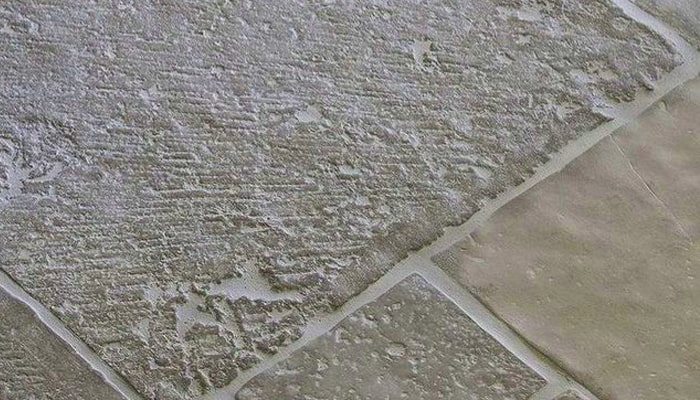
Advantages of Stone Flooring
One of the main advantages of stone flooring is its durability. Stone is a natural material that is resistant to wear and tear, making it a good choice for high-traffic areas. It is also easy to clean and maintain, requiring only a damp cloth and some warm water to keep it looking its best. Stone flooring can also add value to your home, making it a wise investment.
Disadvantages of Stone Flooring
Stone flooring is often seen as a disadvantage because it is difficult to install and maintain. The stones need to be cut to size and then fit together, so it can be a time consuming process. If one of the stones becomes damaged or is removed, the entire floor needs to be replaced.
Linoleum
Linoleum is a type of flooring material made from natural materials such as linseed oil, cork dust, wood flour, and mineral pigments. It is a popular choice for kitchens and bathrooms because it is durable, easy to clean, and relatively affordable. Linoleum is available in a variety of colors and patterns, and it can be installed either by adhesive or by floating on top of a subfloor. It was once a popular choice for kitchens and bathrooms, but has since been replaced by vinyl flooring.

Advantages of Linoleum
Linoleum is a versatile and sustainable flooring material that has a number of advantages over other flooring options. Linoleum is made from natural materials, so it is environmentally friendly and biodegradable. It is also easy to clean and resistant to stains and scratches. Linoleum can be installed in a variety of patterns and colors, so it can complement any décor.
Disadvantages of Linoleum
While it is durable and easy to clean, it can be difficult to repair if it is scratched or damaged. Additionally, linoleum can fade in bright sunlight and may emit an unpleasant odor when first installed.
Factors To Consider When Choosing Flooring Materials
There are many factors to consider when choosing flooring materials, but the most important is what suits your needs and style. It’s important to choose the right material for your home’s flooring needs, including climate control, stain resistance, durability, and maintenance.
Cost
The cost of a flooring material is one of the most important factors to consider when choosing a flooring material. The cost of the flooring material will vary depending on the type of material that is chosen, and the amount of square footage that needs to be covered. Some materials, such as ceramic tile or hardwood, are more expensive than others, but may last longer and require less maintenance.
Aesthetics
Aesthetic considerations are important when selecting flooring materials. The appearance of the flooring will affect the overall look of the room, so it is important to choose a material that will complement the existing décor. Additionally, the texture and color of the flooring can influence how comfortable it is to walk on. Some people may prefer a smooth, glossy surface while others may prefer a more textured surface.
Durability
Durability is a factor to consider when choosing flooring material because it will affect how long the flooring will last. Different materials have different levels of durability, so it is important to choose one that will last for the amount of time you need it. Some factors that affect the durability of a flooring material include how often it is used, how much traffic it gets, and the type of environment it is in.
Maintenance
Different materials require different levels of maintenance, and some materials are more difficult to maintain than others. For example, wood floors require periodic sanding and refinishing, while vinyl floors can be cleaned with a mop and water. Carpeting must be vacuumed and shampooed on a regular basis, while tile floors can be cleaned with a simple solution of vinegar and water.
Environmental Impact
Flooring materials can have a significant environmental impact, depending on the manufacturing process and the materials used. Some flooring options, such as bamboo, are considered more environmentally friendly because they are renewable resources. Other options, such as vinyl, may have a larger environmental impact due to the chemicals used in the manufacturing process.
Room Type
Some rooms, such as kitchens and bathrooms, are more prone to spills and moisture than others. For these rooms, you’ll want a flooring material that is resistant to water and easy to clean. Vinyl plank flooring is a good option for these areas, as it is both waterproof and durable.
Conclusion
Lastly, there are many types of flooring materials available on the market, and it is important to consider the factors listed above when making a purchase. Not all materials are suited for every home, so it is important to consult with a professional before making a decision. Ultimately, the goal is to find a flooring material that is both beautiful and durable.




